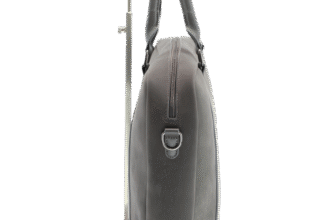
When it comes to engagements, one of the most exciting yet confusing aspects is the engagement ring. Among the many questions that arise, one stands out: “which hand for engagement ring?” This decision involves cultural significance, personal preferences, and modern interpretations. In this comprehensive guide, we’ll explore these factors to help you make an informed choice.
The Traditional Choice
Historically, the left hand, particularly the fourth finger, has been the standard choice for engagement rings in many Western cultures. This tradition stems from the belief that this finger contains a vein leading directly to the heart, known as the vena amoris. This connection between the ring and the heart is significant, symbolizing deep emotional ties and commitment.
In contrast, some cultures, including parts of Eastern Europe and Asia, favor the right hand for engagement rings. This practice is often rooted in different cultural interpretations of love and fidelity. Recognizing these historical contexts is crucial as you consider your own choice of ring placement.
Cultural Variations
Understanding the cultural significance behind the placement of engagement rings is essential. In many European countries, such as Germany and Austria, it is common for engagement rings to be worn on the right hand. This tradition often reflects a cultural belief in the right hand as a symbol of honor and strength, making it a fitting choice for such a significant commitment.
Additionally, in some Asian cultures, the customs surrounding engagement rings vary widely. For example, in India, it is customary for the engagement ring to be worn on the right hand. This practice often stems from cultural traditions that view the right hand as auspicious.
The Influence of Personal Preferences
In today’s society, personal choice plays a significant role in deciding which hand to wear an engagement ring on. Many couples prioritize comfort and practicality over strict adherence to tradition. For example, a person who is predominantly right-handed may choose to wear their engagement ring on the left hand to minimize wear during daily activities.
Moreover, the trend of matching engagement rings allows for unique interpretations of how and where to wear them. Some couples might choose to wear their rings on different hands to reflect their individual styles while still representing their commitment to each other.
Practical Considerations for Couples
When deciding which hand for the engagement ring, couples should consider the following factors:
- Cultural Background: Discuss any cultural traditions that may influence your choice and respect each other’s perspectives.
- Ring Comfort: Ensure the ring feels comfortable on the chosen finger. Trying it on both hands can help determine the best fit.
- Lifestyle Factors: Consider your daily activities. If you lead an active life, wearing the ring on a hand that minimizes potential damage may be wise.
- Personalization: Embrace the opportunity to make the decision uniquely yours. There is no one right answer—what matters is that it reflects your love.
Conclusion
The question of “which hand for engagement ring” goes beyond mere tradition. It encompasses a blend of historical significance, cultural practices, and personal preferences. As you navigate this decision, prioritize open communication with your partner and choose the option that resonates most with your relationship. Ultimately, the engagement ring serves as a powerful symbol of love, transcending its physical placement.







